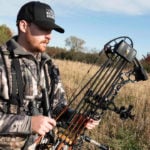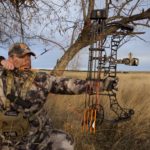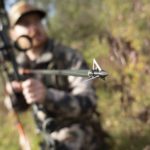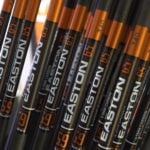Every bowhunter has had a range of experiences with broadheads – the good, the bad and the ugly. They may blame a lost animal on their heads when the real cause is something completely different.
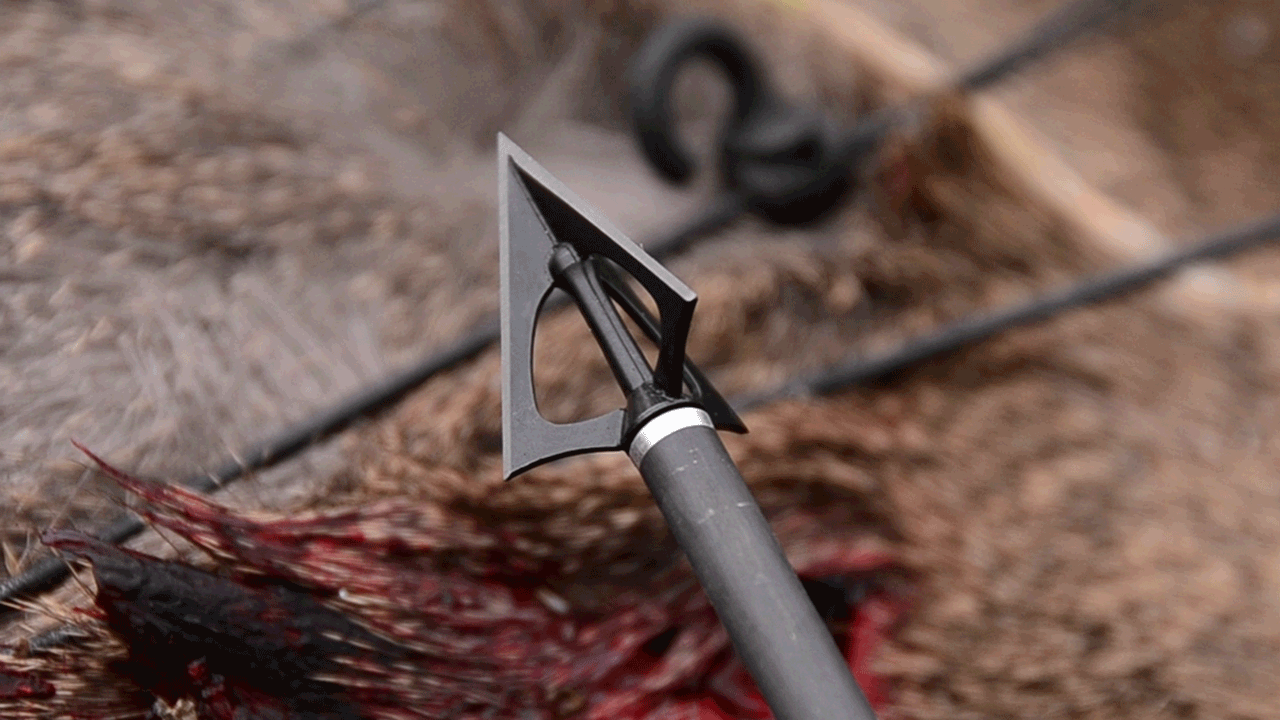
Or they may attribute their success to their heads when any head that would stay in one in piece could have cleanly killed the animal. It doesn’t matter – sometimes physics takes the backseat. This is an emotional subject.
I have never gotten into a heated argument in hunting camp about which bow is the best, but I have certainly been in a number of them when it comes to broadheads.
In this article, I hope to cut through the emotion (I have my own biases, of course) and get down to the physics of arrow flight and an understanding of the tradeoffs we are making. I hope when you are done reading this you will view broadhead selection with a different, more open-minded attitude.
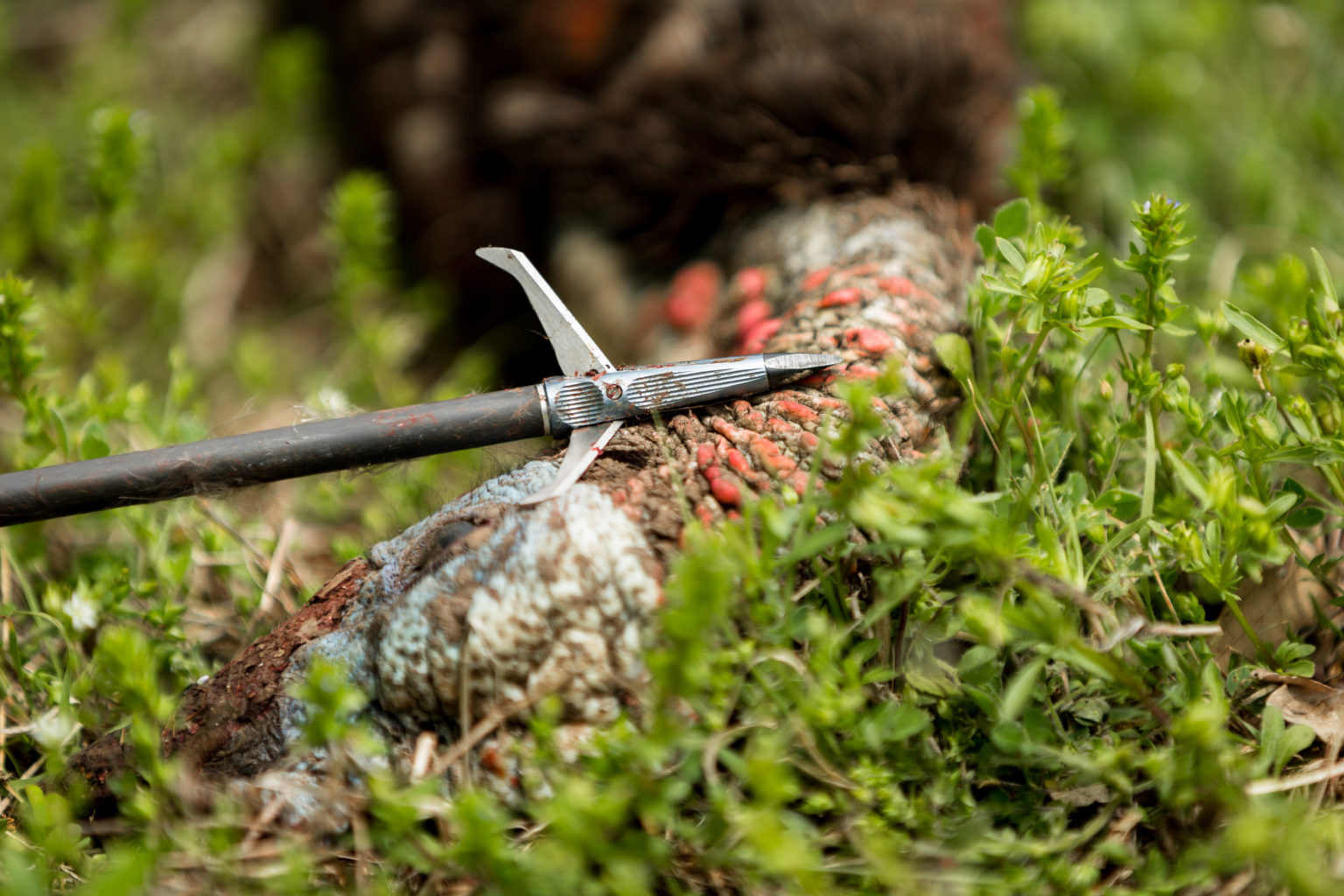
MECHANICAL HEADS
I consider myself conservative when it comes to equipment selection, a slow adopter, but I have never felt uncomfortable about mechanical heads. Here is why I like them.
Accuracy is the most important goal of any shot – whether at a target or at game. That has to be priority number one. I have talked with many broadhead makers over the years and even those that didn’t make mechanical heads stated that any broadhead that stays more or less in one piece will kill a deer-sized animal if you hit it in the right place.
So, hitting them in the right place is obviously a big deal – dare I say, the biggest deal? There are many fixed-blade heads that fly nearly as well as field points under a wide range of conditions, but back in 1995 when I made the switch to mechanicals, there weren’t any.
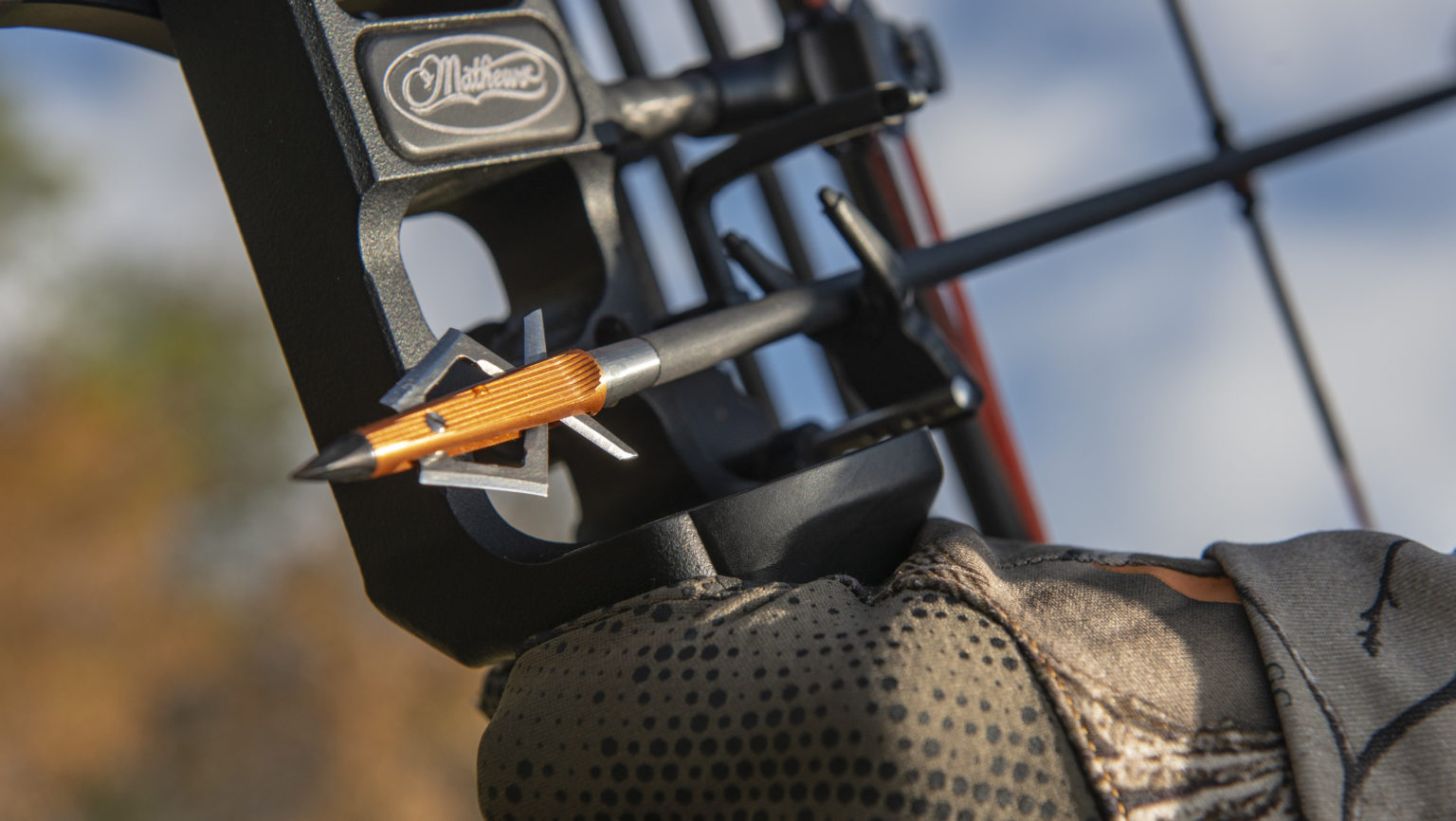
I fought to achieve good accuracy on shots past 25 yards with the fixed-blade heads of that day. My biggest problems occurred with bows that were a bit quirky (some of those bows were impossible to tune) and when shooting in the wind.
Achieving accuracy with fast arrows was a huge challenge. I spent many days each year tweaking and making tiny changes to improve my accuracy.
When I first began trying mechanical heads, taking them to the field to use on live game was a no-brainer. My accuracy was so much more consistent; my confidence surged. Knowing you will hit where you are aiming is huge.
More than a decade later, I am sure that I have shot well over 200 big game animals (I shoot does everywhere I hunt) with mechanical heads. My recovery rate has been very high.
I can’t think of a single shot that I would take again with a different head. I have never had reason to question the effectiveness of the mechanical heads I have used. I’m sure there are situations where they are inferior to fixed-blade heads, but I have not encountered those situations personally.
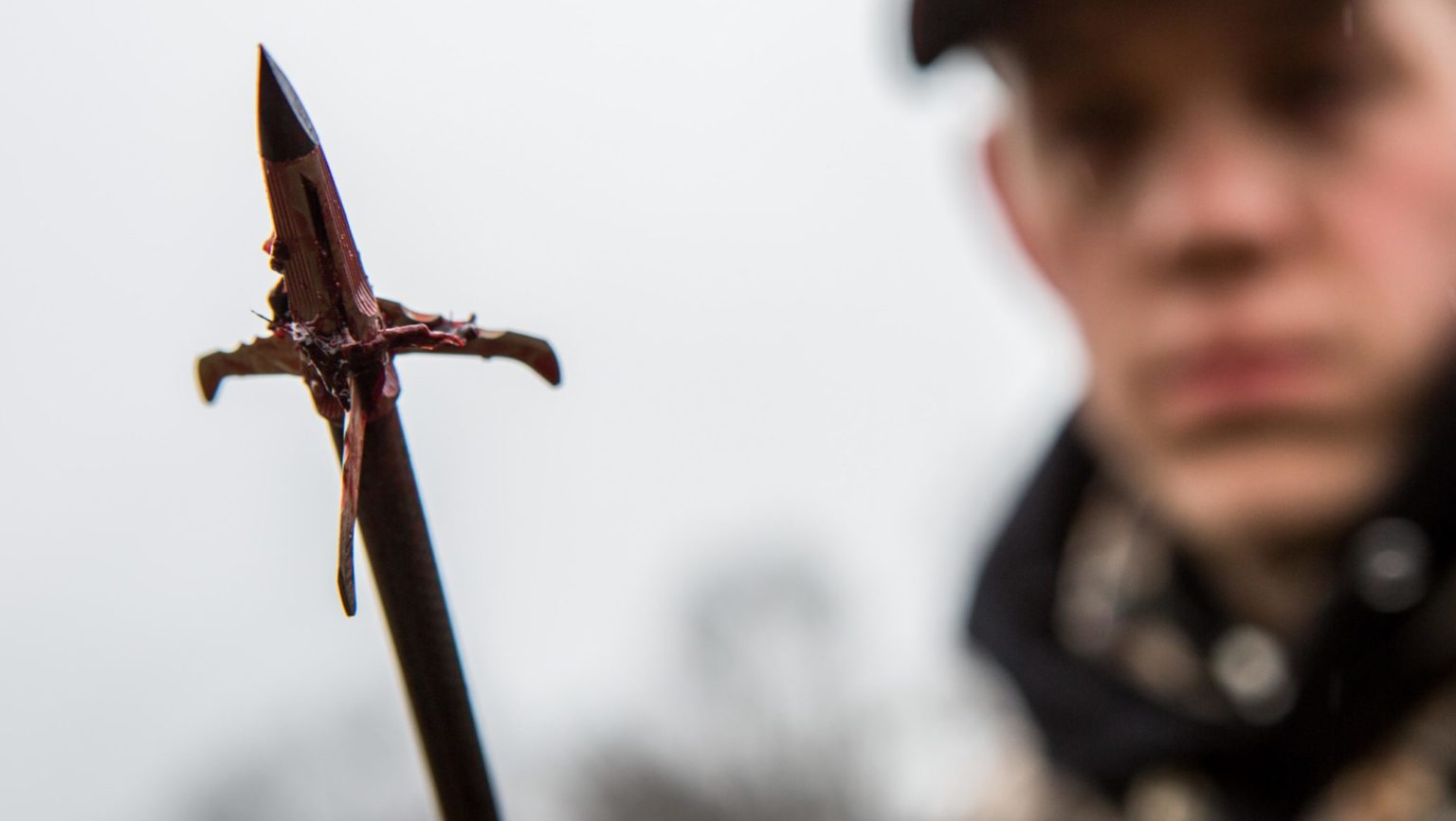
You work hard to figure out how best to shoot a bow and you tinker with the tuning until you have great arrow flight. Now, the last thing you want is an arrow that decides for itself which way it will go once it leaves the bow.
With a wing at the front, there is always that potential. The larger the wing, the larger the potential problem.
I’m not saying a problem is guaranteed. When you have a well-tuned bow, a perfectly straight arrow, with a nock, insert and broadhead all in alignment and when you hold good shooting form through the shot, you will shoot most fixed-blade heads accurately.
But if any of those elements breaks down, you will have a wind-planing issue. And the faster it flies, the more it will wind-plane.
If you remove the wing from the front of the arrow, or reduce the size of the wing, you eliminate or reduce the possibility for a problem. That is Aerodynamics 101.
The goal then becomes a combination of two tasks. First, make the wing as small as possible. Second, get the bow, arrow and your shooting form as good as possible.
The smallest wing is no wing, and that is the only reason to shoot mechanical broadheads.
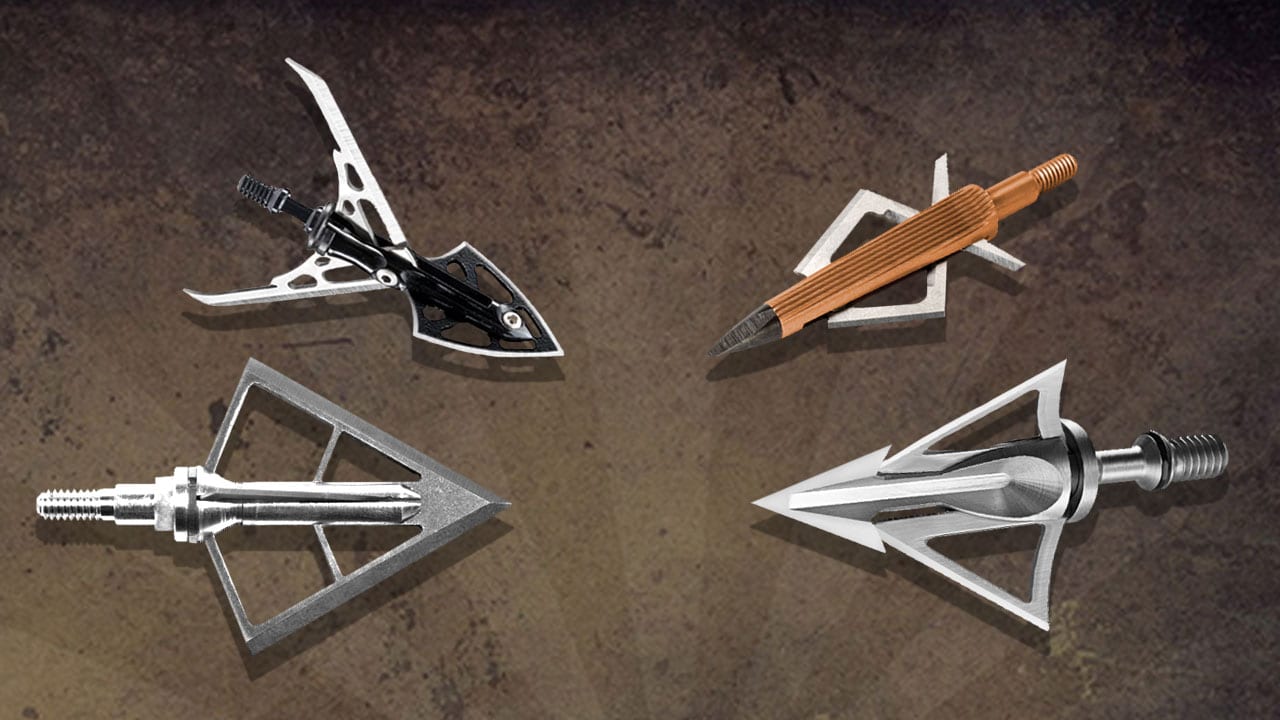
Selecting the best size: I want a small mechanical head that opens to roughly 1 1/4 to 1 1/2 inches. I can understand why you might want a bigger style and I have spoken with many die-hard super-serious bowhunters who use mechanicals that open to two-inches, or more.
My arrows possess enough energy to shoot a mechanical that opens up to six inches, like a pair of steak knives. That would be great on soft-tissue hits, but when I do have a slight bauble and hit the animal in the shoulder, I still need penetration.
You get better penetration with smaller heads. I want to be able to kill a deer that I accidentally shoot in the shoulder. With a smaller head, I increase the odds of a clean kill.
How it opens matters: When a mechanical head opens from the back forward, it acts more like a fixed-blade head on impact. Less of the arrow’s energy is needed to open the blades and more of it is available to penetrate the animal.
If the blades open from the front back (the way most of them do) the shorter blades used in the smaller designs that I favor will not rob as much energy.
Mechanical heads are definitely a good choice for those who want the most accurate possible head, but they aren’t as durable as fixed-blade heads. Because the blades of a mechanical head are unsupported, it is easier for them to break off on a bone hit.

FIXED-BLADE BROADHEADS
We need to go back to the analogy of the wing on the front of the arrow. If we make the wing smaller, it has less potential to steer the arrow.
That is why I like the new category of fixed-blade heads that have dominated the market during the past three years. They have short, compact blades with high blade angles.
Like mechanical broadheads with short blades, they create more of a chopping affect than a slicing affect.
Most of us can live with a chopping affect as long as the head hits where we aim. That is the strength of these heads; by reducing the amount of blade surface area, they fly better under a wider range of conditions and at higher arrow speeds.
Here are a few examples of this style of broadhead. There are many on the market now and I will probably miss a few, but you will at least get the idea.
Look at the New Archery Products Nitron, Muzzy MX-3, Slick Trick, American Broadheads Sonic, Wac’ Em, Aftershock Maniac, Steel Force Sabertooth HP, Tight Point Shuttle T-Lock, Rocky Mountain Blitz, Grim Reaper Hades, G5 Striker, Rocket Bunker Buster, Wasp Boss and Innerloc Stainless Extreme.
Cut-to-the-point versions include the Magnus Stinger and the NAP Hell Razor.
These are just some of the newest heads on the market. The list is in no way comprehensive.
There are literally dozens of different fixed blade broadhead models. Not only can you choose between several different styles of replaceable blade heads, but you can also choose between several different styles of cut-on-impact one-piece heads.
The choices can seem bewildering, but I will try to bring a little order to the tradeoffs so you can see through the fog of options.
Style: As mentioned, you can choose between one-piece cut-on-impact heads or replaceable-blade heads. Both styles have their advantages.
Recently, the cut-on-impact heads have really improved to the point where they will fly well even from fast compound bows. There is no reason not to try them. It is the perfect choice if your number one goal is penetration.
A two-bladed cut-on-impact head will penetrate better than anything else on the market, bar none.
Replaceable-blade heads are obviously easier for the majority of bowhunters to use because you don’t need to sharpen the blades.
When you shoot them, simply replace the blades with new ones. Most replaceable blade heads have three blades, some have four blades and a very few have two blades.
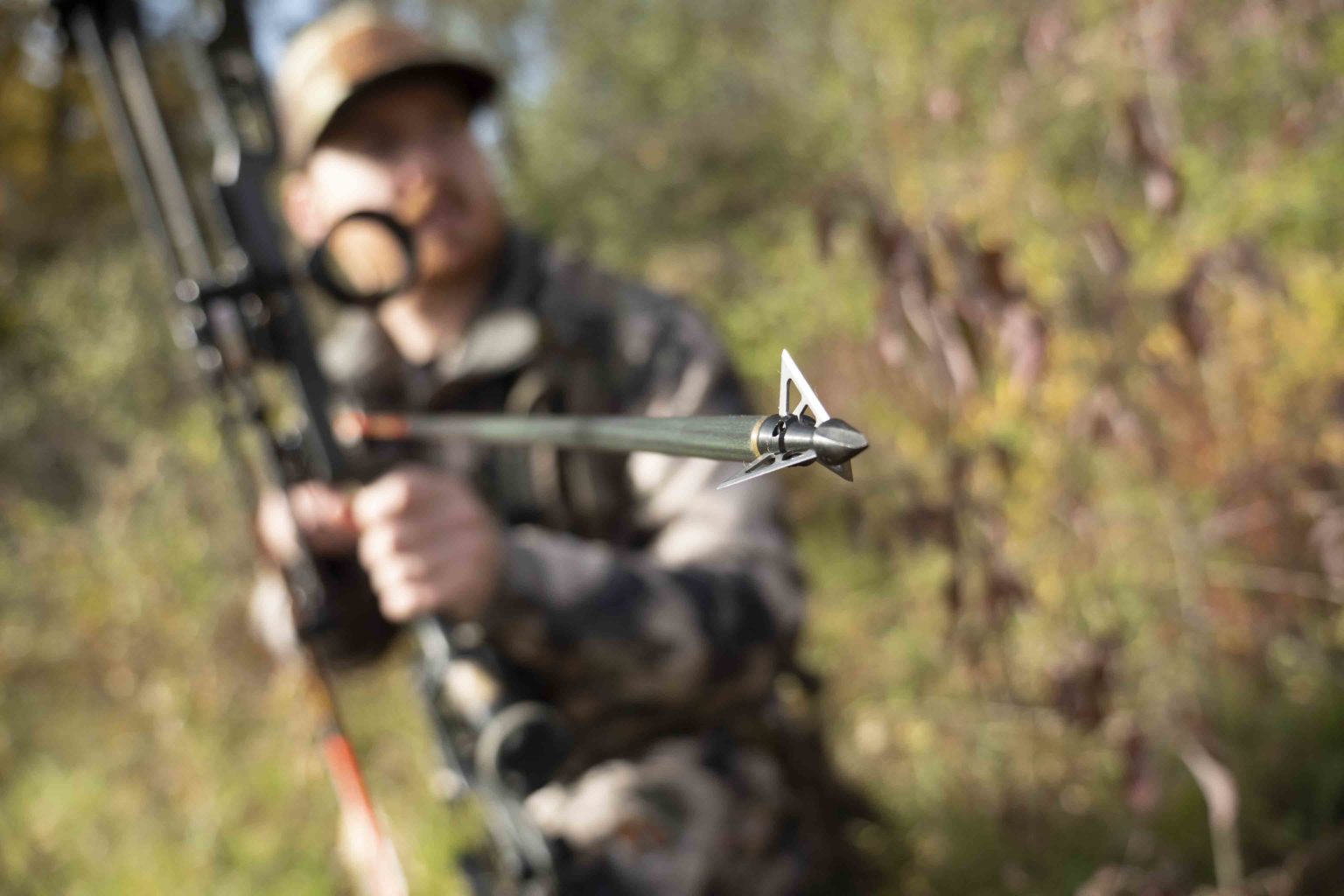
Cutting diameter: Cutting diameter creates another tradeoff. A large cutting diameter means more surface to potentially steer the arrow offline if you are using a fixed-blade head.
However, on impact, especially with soft tissue, having a large cutting diameter increases the chances for quick kill.
Each person must make this tradeoff for themselves, but if I were going to shoot fixed-blade heads again, I would shoot those with cutting diameters in the 1 1/4 inch size – or even slightly smaller.
Number of blades: The more blades the head has, the less it will penetrate. This is because every blade encounters resistance when it cuts into the animal.
The more blades, the more resistance. Beyond a certain point, you gain very little tissue damage by increasing the number of blades. I don’t see much value in shooting heads with more than three blades.
The only exception being cut-on-impact heads with two primary blades and two smaller bleeder blades. In this case, a four-bladed head makes sense.
If you know you are going to make a perfect hit, the broadhead you choose isn’t important. It has only to be sharp. However, making a perfect hit is where the challenge lies.
First you need to figure out how you will make it and then you have to reduce the downside if you don’t. Those are the two big issues when selecting broadheads.
Strive to choose a broadhead that lets you zip your hunting arrows just as accurately as your field point tipped practice arrows. While accuracy is priority number one, it is never guaranteed.
If you choose carefully, you will also end up with a head that offers all the penetration you need to make good on a shoulder hit.

